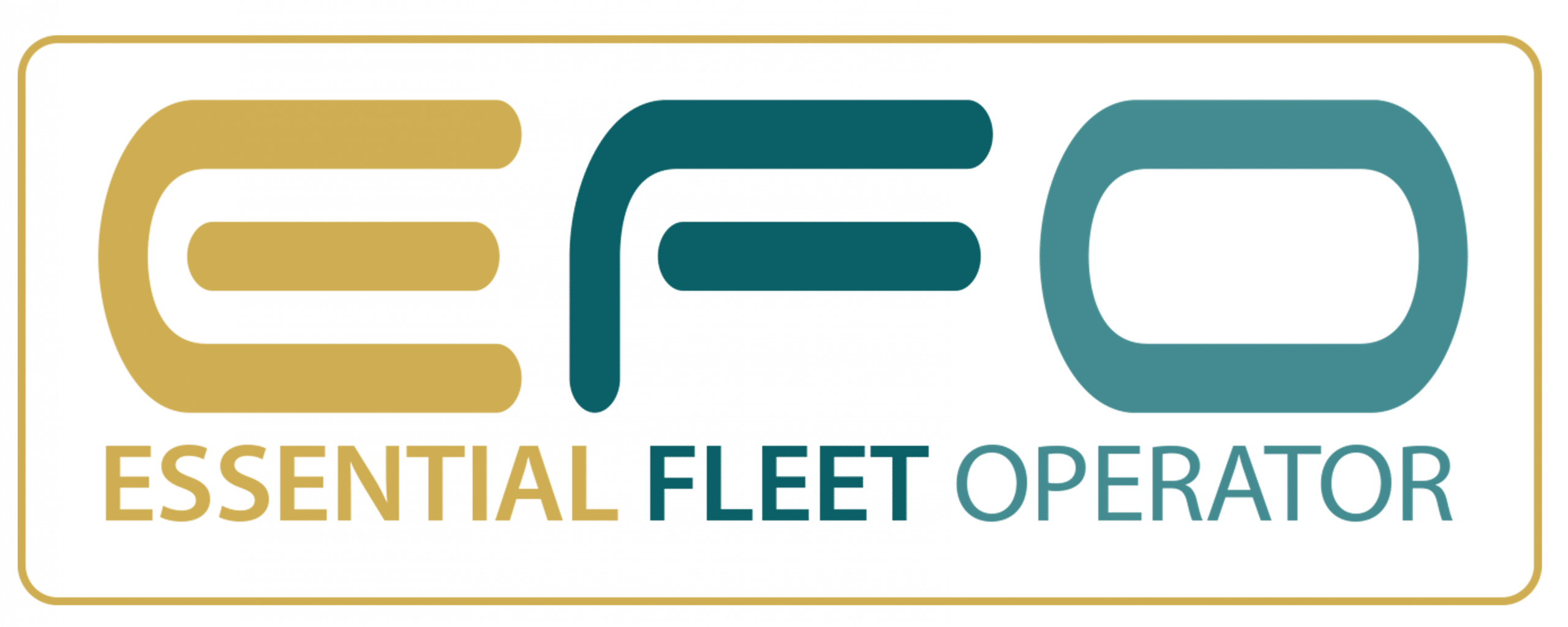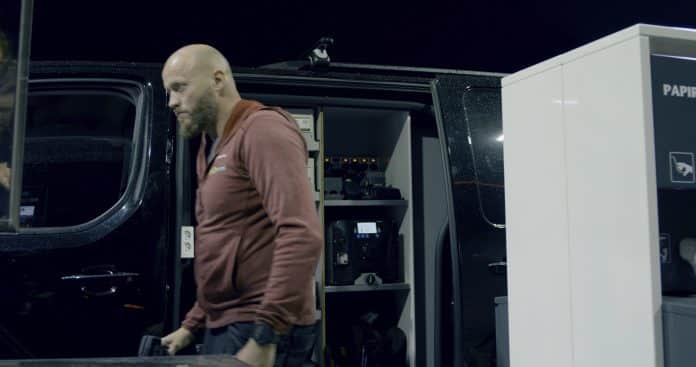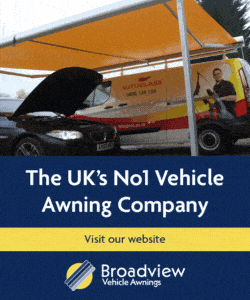Supplier Insight: Clayton Power
with Karl Jones, Head of UK Sales at Clayton Power.
Introduction
Fleet operators in infrastructure services, utilities, government agencies and other essential services must, of course, go as far as possible to reduce the environmental impact of operations. Fleets in these sectors also often have the added pressure of needing to consider not only the direct impact of vehicle emissions when travelling, but also those when stationary and idling to provide power to on-board equipment and tools or to maintain battery charge to support the use of vehicle ancillaries.
For around a decade in the UK, Clayton Power has been providing mobile and off-grid power solutions for the automotive, leisure and marine sectors. Essential Fleet Manager caught up with Karl Jones, Head of UK Sales at Clayton Power, who explained the fantastic benefits of the compact but powerful Lithium Power Supply system, (currently marketed as LPS II). Developed and manufactured at Clayton Power’s European Headquarters in Odense, Denmark, the system uses the latest Lithium technology to reduce the need for costly and environmentally damaging engine idling and generator usage.
Interview
Q: Could you briefly describe how LPS II works and how it reduces demands on the vehicle engine?
Put simply, the Lithium Power Supply II or LPS II, is an all-in-one lithium battery and inverter which allows the user to power all their 12V and 230V appliances, tools and equipment without having to engine idle. It’s astonishing to think that there are tens of thousands of commercial vehicles on the road, that still needlessly engine idle to power roadside operations. There are some, believe it or not, that even resort to engine idling solely to recharge laptops! It’s not uncommon for fleets to be using more fuel parked up at the side of the road engine idling and running generators, than they do travelling from A to B! The good news is that this issue is easily avoidable.
Q: Which industries and sectors have the greatest demands on vehicle power and therefore gain the most from the LPS II solution?
Our products have found their way into a diverse array of applications and use cases. Whether it’s utility fleets, supermarket home delivery vehicles, platform lifts, camper vans, narrowboats, mobile DJ booths or Hollywood film sets our solutions are making a mark! Our customers’ power demands range from simply recharging batteries for power tools and laptops, to handling heavier tools like welders, induction hobs, compressors and hot water boilers! The benefits are just as varied; some are looking to silence their operations by getting rid of loud generators and compressors, while others are keen on reducing fuel costs and trimming down their CO2 footprint.
Q: What, in summary, does LPS II achieve for roadside operations?
In conventional internal combustion engine (ICE) vehicles, the LPS II allows the user to turn off the engine while maintaining power to their equipment. In an electric vehicle (EV) it enables users to independently power all systems without relying on the vehicle’s traction battery. Switching to EV feels a little counterintuitive if you need to depend on a generator for power. The shift to using the LPS II has the potential to generate substantial financial savings over the lifespan of the vehicles, translating into a highly appealing ROI model for the majority of our customers – all this while drastically cutting CO2 emissions.
Q: What are the extra demands on vehicles operating off-road and on remote sites and how does the LPS II reduce and mitigate the impacts of these demands?
An often-overlooked advantage of the LPS II is its ‘jumpstart’ capability. In the event of a drained vehicle starter battery – say for example the driver has left their lights or blowers on by mistake – the LPS II can recharge the vehicle battery and get you back on the road in no time! This feature has been very popular among many of our customers as it avoids costly and time-wasting roadside recovery callouts!
Q: There are a range of recharging options for LPS II, that maximise the unit’s effectiveness and efficiency. What are those options?
The unit has a number of recharging options, including the vehicle’s alternator, mains hook-up up and even solar panels. Standard recharging via the alternator or mains from 0-80% takes approximately 60 minutes, a time that can be halved to around 30 minutes with the addition of our optional supercharger. The solar feature is particularly interesting – the built-in solar charger means you can plug solar directly into the LPS II resulting in a recharging time of around 90 minutes from 0-80% depending on the weather conditions and panel size (up to 400W) of course. Our experiences with solar have been remarkable – for example; over the 5 months of operating our demo van with a 360W solar panel on the roof, we have achieved 32 full recharges through the solar, surpassing the 10 full recharges via the vehicle’s alternator. That equates to just over 65,000Wh or 65Kwh of free energy!
Q: Demands on operators reaching and working on remote sites, become even greater during the colder, winter months. Part of this is maintaining heat in vehicles when individuals or teams remain inside, often for prolonged periods. We understand that you are working with leading vehicle converters to develop a solution that provides the warmth required in the vehicle, without the need for engine idling. How does this work and what are the issues that this avoids?
That’s right, we are working on some interesting initiatives when it comes to heating. A lot of our customers have been seeing substantial reductions in EV range in cold weather, a contributing factor being the excessive use of cab heating. We’ve collaborated with conversion companies to develop a heating pack solution. This consists of an electric heater powered by our LPS II units and the system is equipped with a thermostat for precise temperature control – similar to the way it functions in your home. It gets the cab and/or rear compartment up to temperature and shuts off ensuring valuable energy isn’t wasted.
Q: How does the lightness of LPS II further benefit the operator, compared to the use of traditional power systems?
Our lightest model, the 1500Wse – 100Ah LPS II weighs just 22.5kg! To put that in perspective, a comparable set-up using an AGM system would weigh at least three times as much. Even our 3000W – 160Ah unit at 27.5kg, is far lighter compared to the nearly 100kg equivalent in other set-ups. Not only are our systems significantly lighter and easier to install, they are also more compact, making it easier to tuck away and not use up too much of the valuable space. And let’s not forget customers who are replacing generators – our solution trims down both space and weight considerably there too.
Q: How does your zero-emission technology benefit the health and welfare of teams working around vehicles?
In the past 5 years, I’ve spent a significant amount of time out on the road closely shadowing operators. This hands-on approach has given me a genuine, real-world understanding of their day-to-day operations and the challenges they face. Throughout these experiences, I’ve been a first-hand witness to the downsides associated with engine idling and generator use. From the frustration of trying to get generators to start, to enduring the constant noise and fumes, the drawbacks are evident. Imagine spending hours right next to these running engines! The sad reality, very often, is that even during lunch breaks, crews will gather around the back of a van with its engine ticking over. What struck me is that these operatives, despite their discomfort, awareness of the environmental impact and significant impact on health, find themselves with no alternative.
Q: Clayton Power and LPS II contribute greatly to the need to reduce vehicle emissions, particularly important when fleets cannot completely electrify due to operational demands. However, when electrification is possible, what are the benefits of LPS II when incorporated into an EV?
Range anxiety is a familiar concern, but what if we could lift the burden of all ancillary power needs from the vehicle? This ensures the traction battery is solely dedicated to driving! Adding a solar panel to the roof gives you a self-sufficient setup, recharging the unit from the sun!
In summary…
We’ve covered how LPS II addresses various challenges in different sectors. If van rackers, conversion specialists and fleet managers are looking to enhance their operations and explore the benefits of this versatile power solution, how can they reach out to Clayton Power for more information and assistance?
We would love to hear from anyone who is interested in finding out more.
Visit our website a: claytonpower.com for additional details.
If you have any questions or want to start a conversation, drop me an email at kj@claytonpower.com and we can get the ball rolling!
For more information visit: https://www.claytonpower.com/uk




